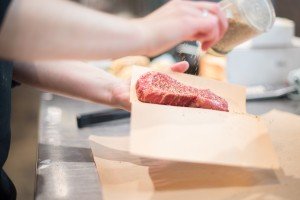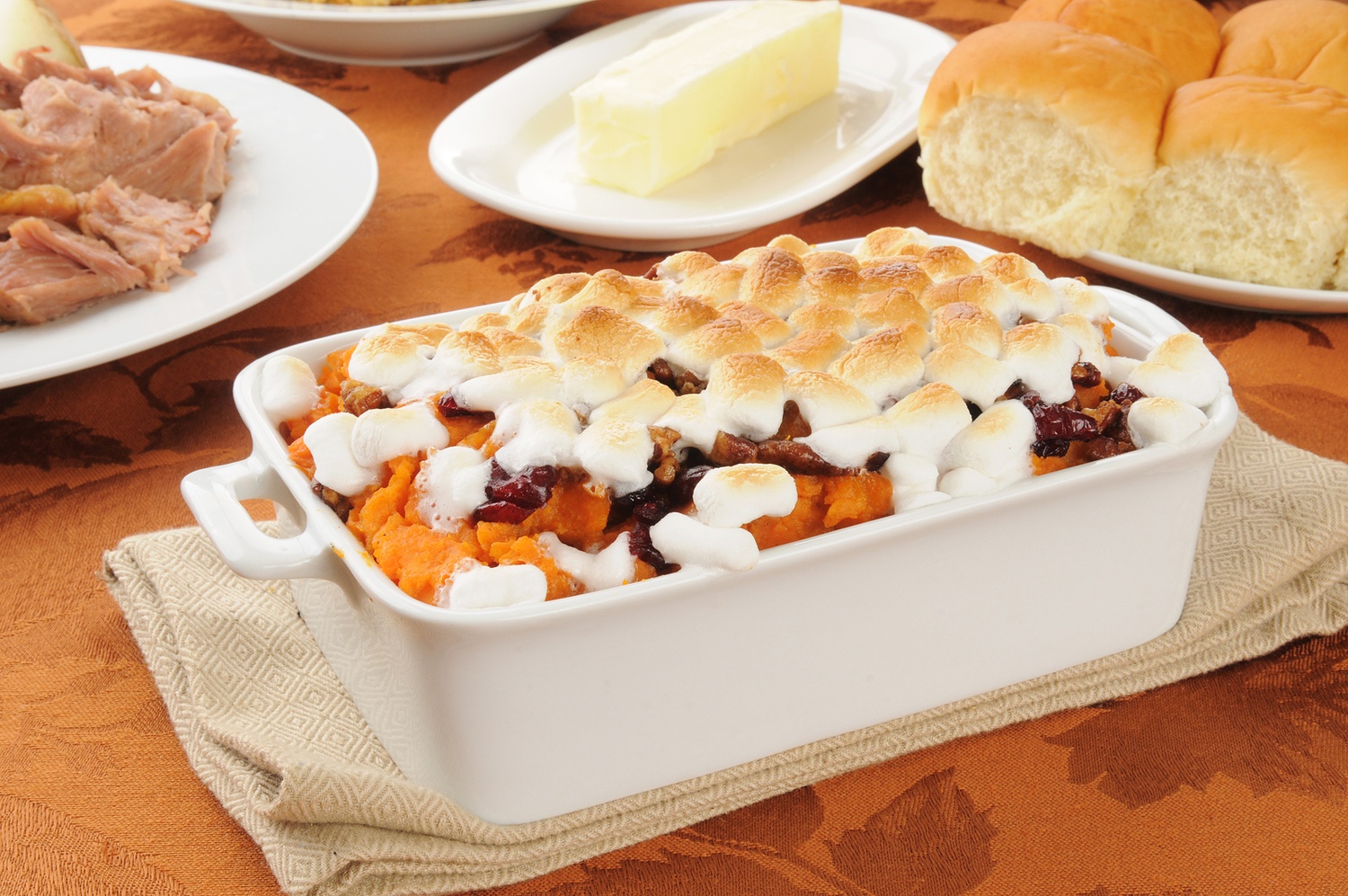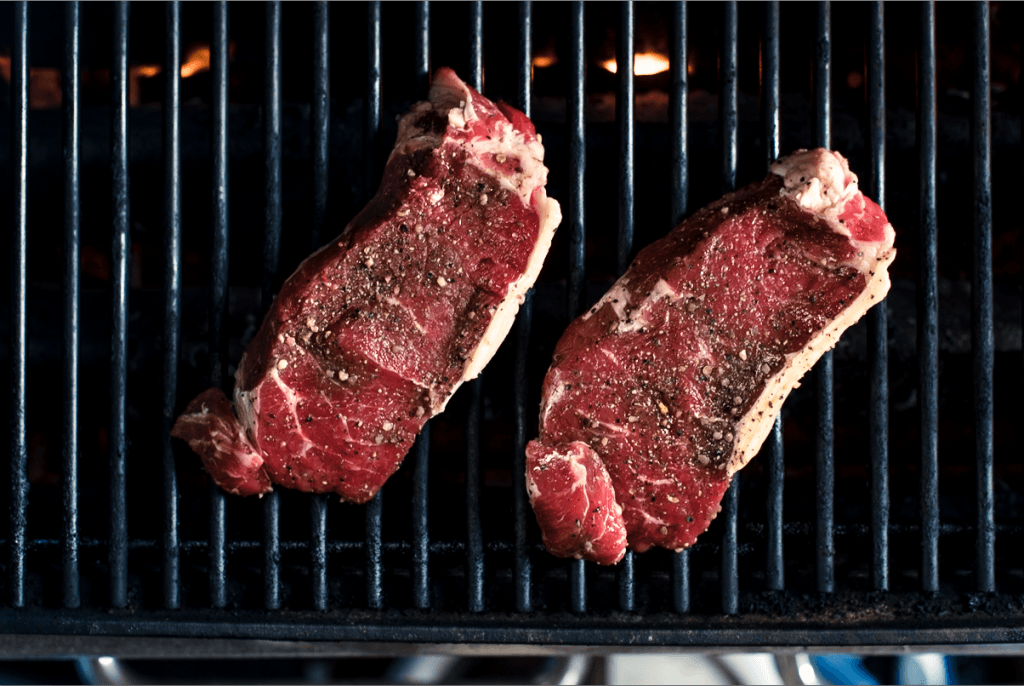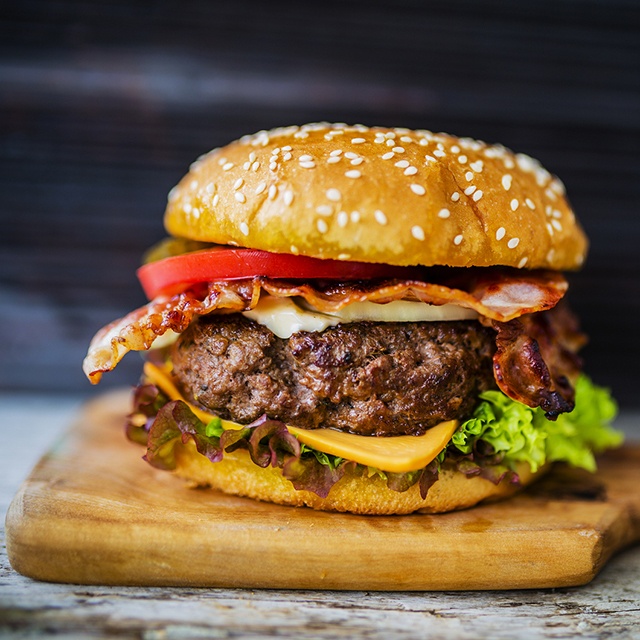Step 1: Choosing the Perfect Steak
Finding the perfect steak for your tastes and preferences will make all the difference.
There are many different options when choosing and cooking steak and it depends on your preferences and availability of these different cuts. What you should look for when picking your steak is a steak with lots of marbling (Fat). The marbling adds flavour and keeps the steak tender during cooking. Here are some of the most popular options.
The Ribeye
The ribeye is a tender cut of meat with plenty of fat marbling, which makes for a super moist, satisfying steak. A medium-rare ribeye is perfectly juicy and intensely beefy.
Beef Tenderloin (Filet Mignon)
Many people prefer beef tenderloin for its elegance. It’s less fatty but still tender and delicious. Beef tenderloin, which, true to its name, is the most tender part of the cow. It is boneless and has very little fat, which means it doesn’t have as much flavor as other cuts of steak, but its extreme tenderness makes up for that.
Also, the beef tenderloin is typically a thick cut that’s easy to sear on all sides and cook to a perfect medium rare.
Top Sirloin
If you’re looking for something that’s less expensive but still has great flavor, go for a top sirloin steak. It is less expensive because it’s not as marbled as a ribeye and not as tender as a beef tenderloin. But, top sirloin can be great.
New York Striploin
Looking for a steak a little more flavourful and tender than a top sirloin, but for a lower price than Beef Tenderloin or Ribeye? try a New York Striploin.
Cut from the short loin the strip steak consists of a muscle that does little work, and so it is particularly tender, although not so tender as the ribeye or tenderloin (fat content of the strip is somewhere between these two cuts). Unlike the nearby tenderloin, the short loin is a sizeable muscle, allowing it to be cut into larger portions. It also lends itself nicely to pan-searing, like this popular recipe.
Step 2: Prepare Steak and Ingredients

- salt,
- freshly ground black pepper,
- cooking oil (canola or vegetable is best),
- fresh thyme, and
- butter to finish.
For cooking tools you will need
- a cast iron skillet,
- tongs,
- a meat thermometer,
- a spoon,
- a cutting board,
- and a very sharp chef’s knife.
30 minutes before cooking, take your steak out of the refrigerator and dry thoroughly with a paper towel.
Step 3: Season your Steak
Season your steak with salt and pepper. Seasoning your steak will enhance all the natural beefy flavours.
Step 4: Cook your Steak
- Place your cast iron skillet on the burner over medium heat and add 2 tablespoons of oil into the pan. You will need just enough oil to coat the bottom of the pan.
- Wait until the pan is hot enough (hot enough that the oil begins to smoke), and then place your steaks into the pan carefully using tongs. Keeping the pan on high heat, allow the steak to cook for 2 minutes without touching it.
- After the two minutes, flip your steak and allow the other side to brown. Continue to flip every 2 minutes until your steak reaches an internal temperature of 120 degrees F (rare). To check the temperature of your steak, stick a meat thermometer in, diagonally, so that the tip of the thermometer is in the middle of the steak.
- When the temperature reaches 120 degrees F, you are ready to start basting the steak. Turn your heat down to medium and add 3 tablespoons of butter to the pan. Let the butter melt and start to bubble and then add 5 sprigs of thyme. Baste the steak by continuously spooning the butter over the top repeatedly. After a minute flip the steak and repeat the basting process on the other side. Although this step is a bit more effort, this will give you the juiciest most perfect steak every time.
- The steak is done when the internal temperature reaches 130 degrees F (for medium rare), cook longer for medium or well done. Place your steak on a cutting board and allow it to rest for 10 minutes. As the steaks rest, they will continue to cook and will increase the internal temperature. All of the juices will settle into the meat instead of running out. Serve and enjoy your perfect steak, cooked to perfection!
Did you know that a majority of the steaks we carry are from 100% Grass-fed, Free Range beef? Find out more here.














